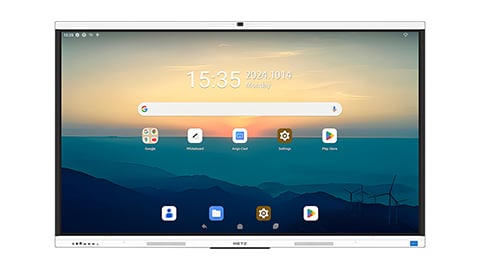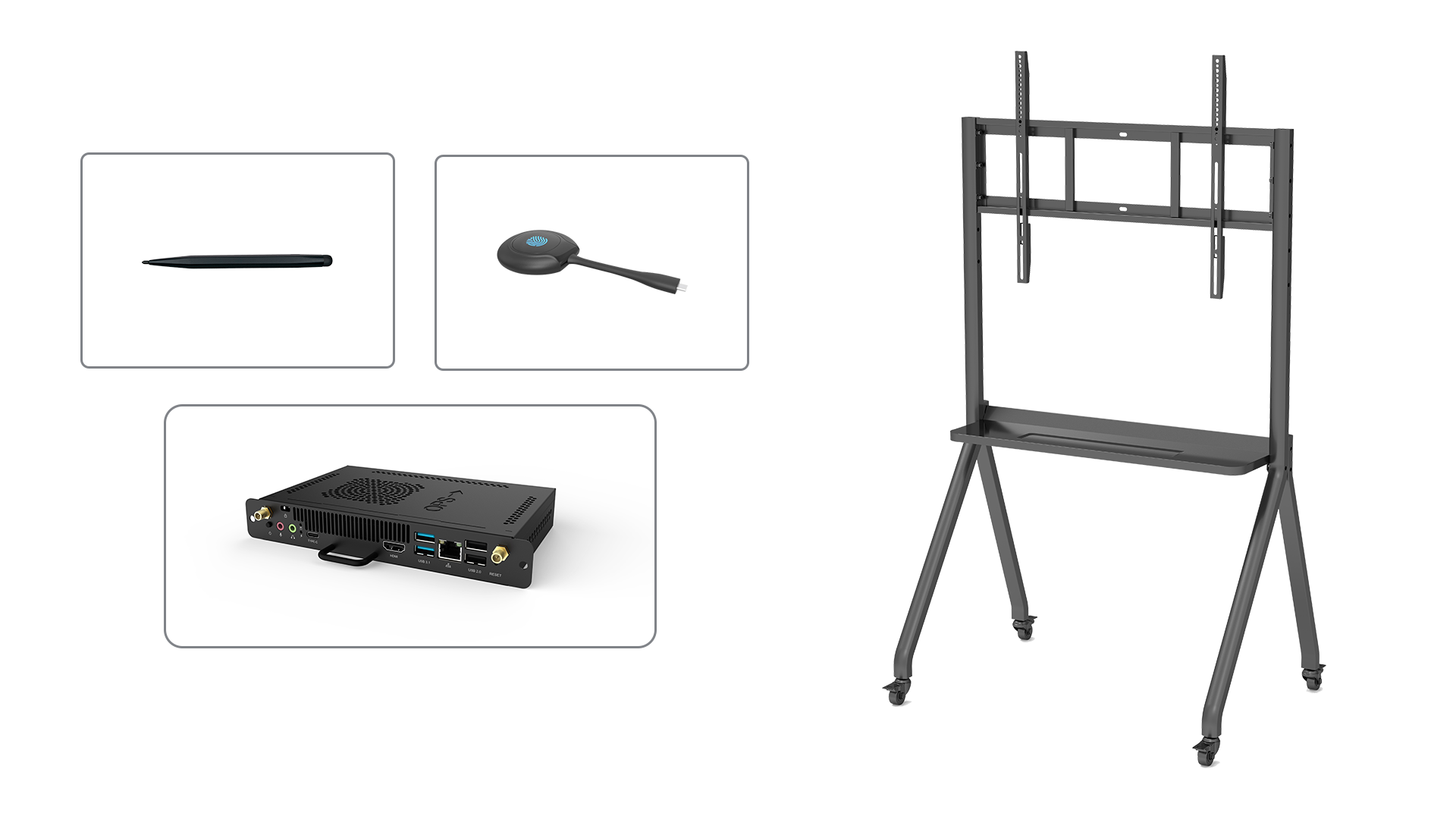In the rapidly evolving landscape of technology, interactive display technology stands as a testament to innovation's transformative potential. This article delves into the captivating world of interactive display technology, elucidating its wide-ranging benefits, its application in the classroom setting.
The Benefits of Interactive Display Technology
1. Enhanced Engagement: Interactive display technology is a beacon of engagement. Its tactile nature captivates learners' attention, transforming passive listeners into active participants. This leads to increased comprehension, retention, and enthusiasm for learning.
2. Multisensory Learning: Learning is not limited to text and speech. Interactive displays enrich education by engaging multiple senses. Visual and auditory elements complement textual content, catering to diverse learning styles and ensuring a holistic understanding.
3. Active Collaboration: Collaboration lies at the heart of interactive displays. Students collaborate seamlessly, fostering teamwork and communication skills essential for the modern world. Interactive features enable real-time contributions, empowering every student's voice to be heard.
4. Dynamic Content Presentation: Gone are the days of static presentations. Interactive displays breathe life into content with multimedia integration. Videos, animations, and interactive simulations make lessons more captivating, leaving a lasting impact.
5. Personalized Learning: Each student's learning journey is unique. Interactive displays facilitate tailored learning experiences. Educators can adapt content to suit individual needs, ensuring no student is left behind or unchallenged.
6. Data-Driven Insights: Interactive displays generate valuable data about student interactions. This data provides educators with insights into student engagement levels and comprehension gaps, enabling informed instructional decisions.
Implementing Interactive Display Technology in the Classroom
Integrating interactive display technology into classrooms is a transformative step towards modernizing education. Here's a roadmap to successful implementation:
1. Needs Assessment: Evaluate your classroom's requirements. Consider factors like classroom size, technical infrastructure, and educational goals. Choose the appropriate display size and features based on these factors.
2. Educator Training: Comprehensive training is crucial. Equip educators with the skills needed to maximize the technology's potential. Proficient educators can harness interactive displays effectively to create engaging lessons.
3. Interactive Content Creation: Develop interactive content that complements the curriculum. Interactive presentations, quizzes, and engaging activities can be tailored to each subject, making learning enjoyable and effective.
4. Collaboration and Engagement: Encourage collaboration among students. Design activities that require group work, discussions, and interactive problem-solving. This fosters a collaborative classroom environment.
Conclusion
Interactive display technology is not merely a tool; it's a catalyst for educational transformation. Its ability to captivate, engage, and personalize learning experiences places it at the forefront of modern pedagogy. By harnessing its potential, educators can create dynamic, collaborative, and impactful learning environments that prepare students for success in an ever-evolving world. Through successful implementation and thoughtful integration, interactive display technology becomes a beacon of innovation, lighting the path towards a brighter future for education.
We welcome any questions or feedback you may have, so don't hesitate to get in touch with our knowledgeable team






